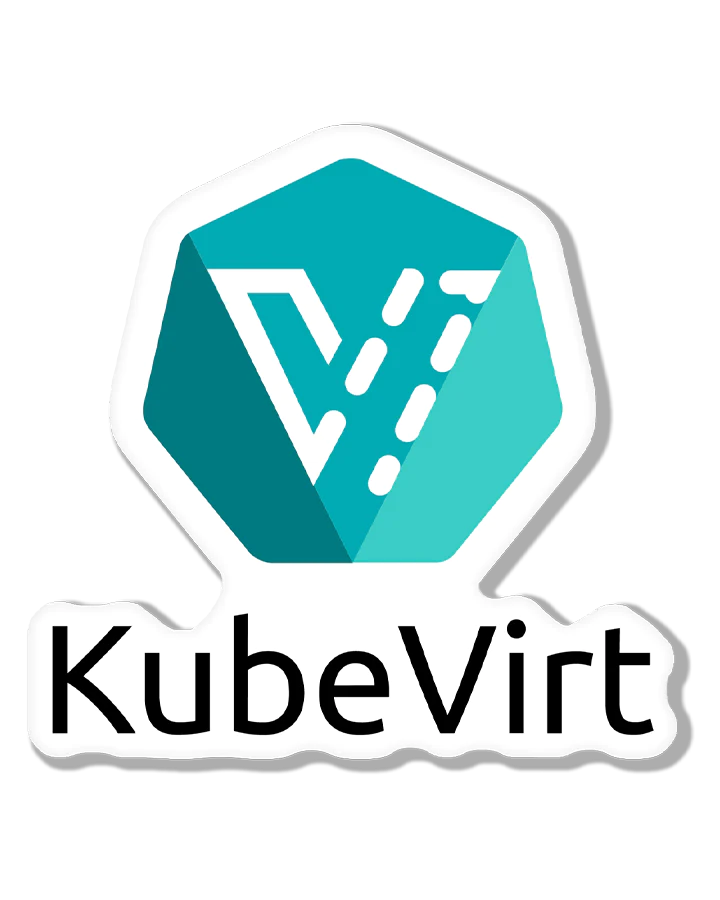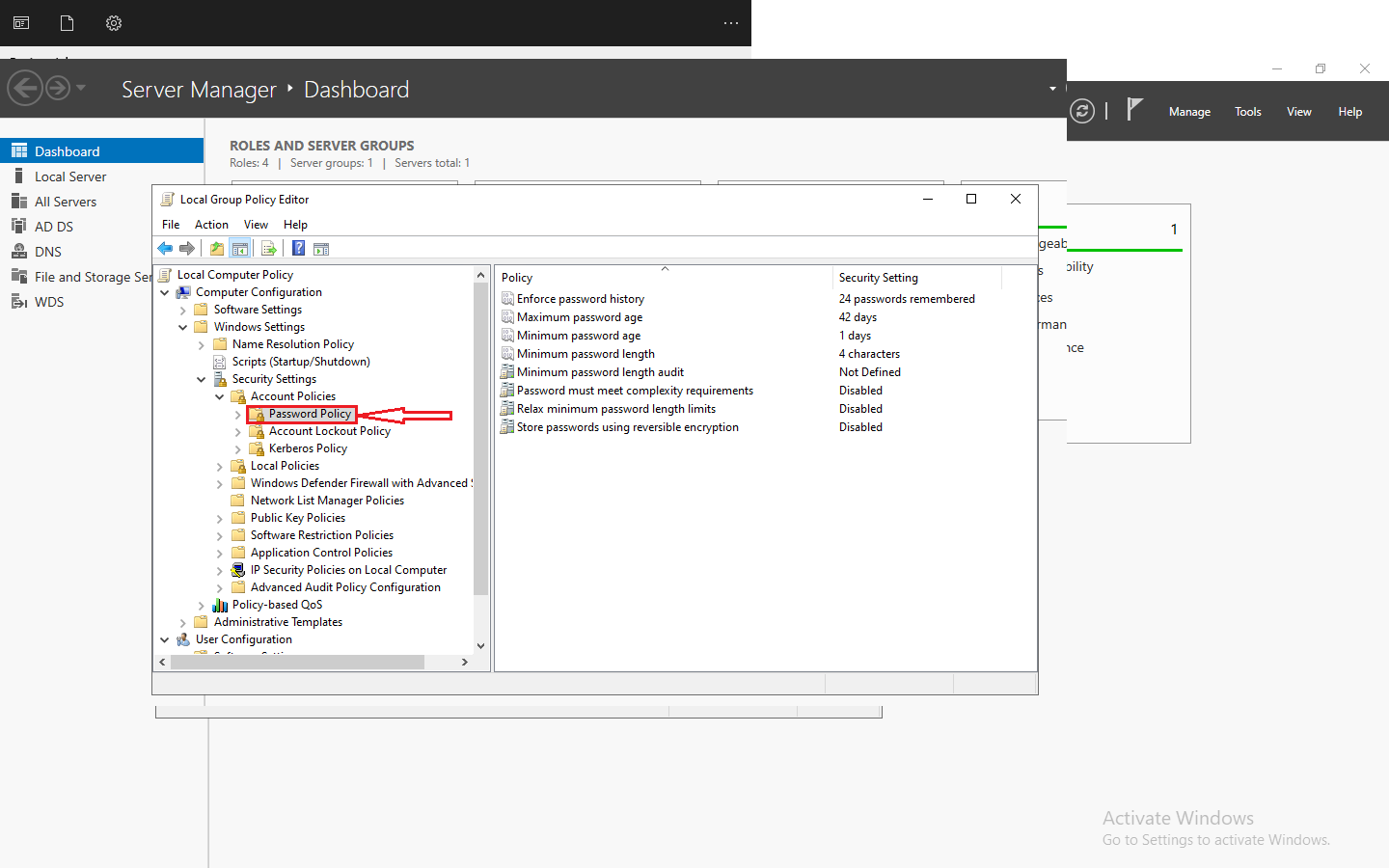Introduction
KubeVirt is an open-source project designed to enhance Kubernetes by seamlessly integrating traditional virtual machines (VMs) into Kubernetes clusters.
In the world of container orchestration, Kubernetes has become the standard for deploying and managing containerized applications. However, many organizations still have legacy applications running on VMs that are not easily containerized. KubeVirt addresses this gap by extending Kubernetes capabilities to manage VMs alongside container workloads within the same Kubernetes control plane.
Understanding KubeVirt
The Bridge Between VMs and Kubernetes
KubeVirt acts as a bridge, extending Kubernetes capabilities to traditional virtual machines. It enables users to manage VMs alongside their container workloads within the same Kubernetes control plane.
Architecture Overview
At its core, KubeVirt extends Kubernetes by introducing Custom Resource Definitions (CRDs) for VMs. This allows the definition and management of VMs using familiar Kubernetes tools. Under the hood, KubeVirt leverages libvirt and QEMU to provide the virtualization layer.
Why KubeVirt?
Hybrid Workloads
KubeVirt empowers organizations to run hybrid workloads seamlessly. It facilitates the coexistence of VMs and containers within the same Kubernetes environment, promoting flexibility in application deployment.
Legacy Application Support
For applications that are not containerized or are challenging to containerize, KubeVirt offers a lifeline. It enables the migration of traditional VM-based workloads into Kubernetes clusters without the need for a separate infrastructure.
How KubeVirt Works
CRDs for VM Definition
KubeVirt introduces custom resources, such as VirtualMachine and VirtualMachineInstance, enabling users to define and manage VMs using Kubernetes manifests.
Seamless Integration
KubeVirt seamlessly integrates with existing Kubernetes components, including controllers, schedulers, and the Kubernetes API server. This integration allows users to manage VMs using the same tools and processes as containers.
Installation
Deploying KubeVirt involves adding custom resources and controllers to your existing Kubernetes cluster. This process extends the Kubernetes API to include VM-related objects.
Managing VMs
Utilize familiar Kubernetes tools, such as kubectl, to manage VMs. Define VM specifications in YAML manifests and apply them using standard Kubernetes workflows.
Challenges and Considerations
Resource Overhead
Running VMs within Kubernetes introduces additional resource overhead. Organizations should carefully plan resource allocation to ensure optimal performance.
Networking and Storage Integration
Integration with Kubernetes networking and storage models can pose challenges. Users must consider these aspects when defining VM specifications.
Conclusion
KubeVirt stands as a testament to the evolving nature of Kubernetes, extending its capabilities beyond container orchestration. By seamlessly integrating virtual machines into Kubernetes clusters, KubeVirt paves the way for a unified, hybrid infrastructure. As organizations embrace diverse workloads and modernize legacy applications, KubeVirt emerges as a powerful tool to bridge the gap between VMs and containers, providing a holistic approach to application deployment in Kubernetes environments.












